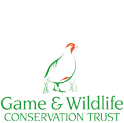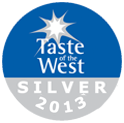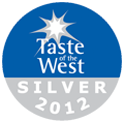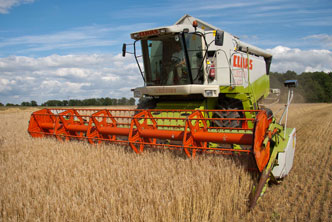
ARABLE
We have 800 acres of farmland in cereal production in any given year. Due to our organic status we are not permitted to use nitrogen fertilizer or sprays of any kind. We solely rely on legumes (primarily clovers but also sainfoin and lucerne) to ‘fix’ nitrogen naturally and add fertility when ploughed in as ‘green manure’. An application of either cattle or sheep manure also helps with enhancing soil nutrition and fertility building, enabling the crops to thrive. We primarily grow wheat for milling (bread-making) and barley for malting (brewing).
(‘Fixing’ nitrogen is the process in which the plant takes atmospheric nitrogen and ‘fixes’ it to nodules on its roots).
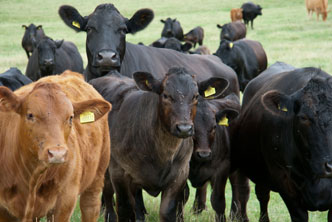
CATTLE
The herd consists of 100 Aberdeen Angus X South Devon spring calving suckler cows. All animals are reared naturally outside on herb and legume rich pastures but housed in the winter on clean straw bedding and fed on a diet of clover silage or barley and vetch wholecrop.
The calves are weaned from their mothers at 8 months of age and then fattened in separate groups, again on grass when possible. We are whole chain assured, meaning we are independently verified, with regards to animal welfare, and our environmental standards are of the highest order.
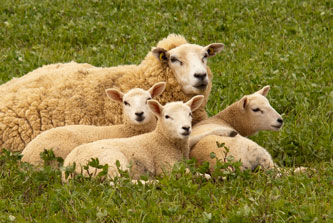
SHEEP
It’s extremely important our ewes are of the highest breed standard in order for us to produce delicious lamb. Our efforts were recently rewarded when the society awarded our flock of 900 Pedigree Lleyn the regions ‘Champion Flock’. The Lleyn makes an ideal ewe as they are not only prolific but they also have great maternal instincts. However, in order to produce lamb that has superior conformation and depth of flavour we tup our ewes with different breeds of carefully selected rams.
The sheep thrive on the herb and clover rich pastures on which they graze. We believe that creating the most natural, healthy environment and great husbandry contributes enormously to the fantastic quality of our meat.
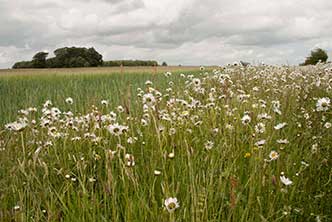
CONSERVATION
In 2009 we entered the Higher Level Stewardship agri-environmental scheme. The farm is now a patchwork of various different habitats that everything from ground nesting birds to honeybees benefit from. These include: beetle banks, floristically enhanced wild flower margins, pollen and nectar areas, wild bird seed mixtures and lapwings plots, just to mention a few. We are passionate about conservation and creating the perfect habitat for wildlife to thrive.
Farmlands birds have been in steady decline since the 1960s and it is our aim to reverse this trend on the farm. In 2012 we were delighted to be awarded Winners of the Game and Wildlife Consevation Trusts Cotswold Grey Partridge Award for our conservation effort.


